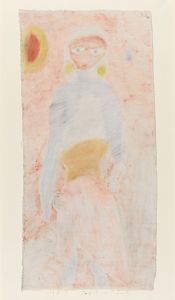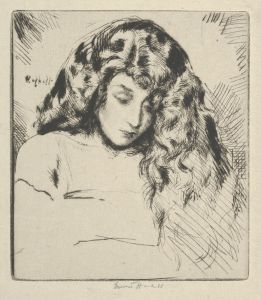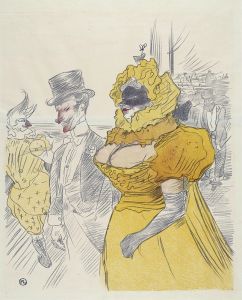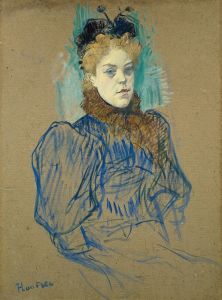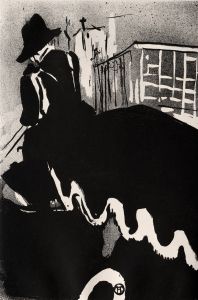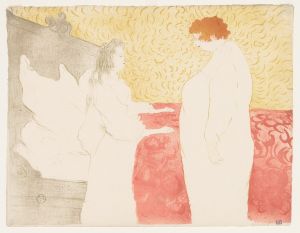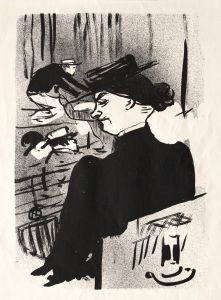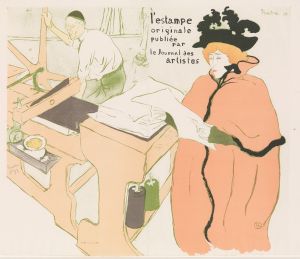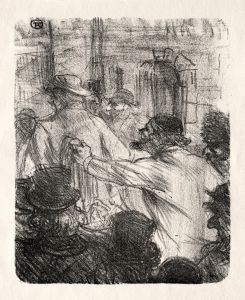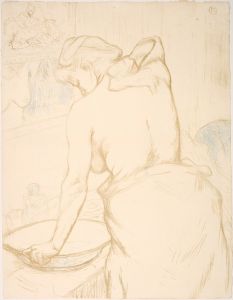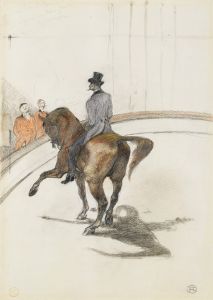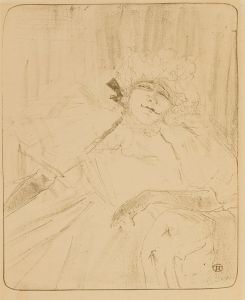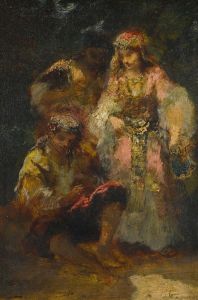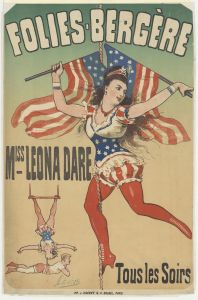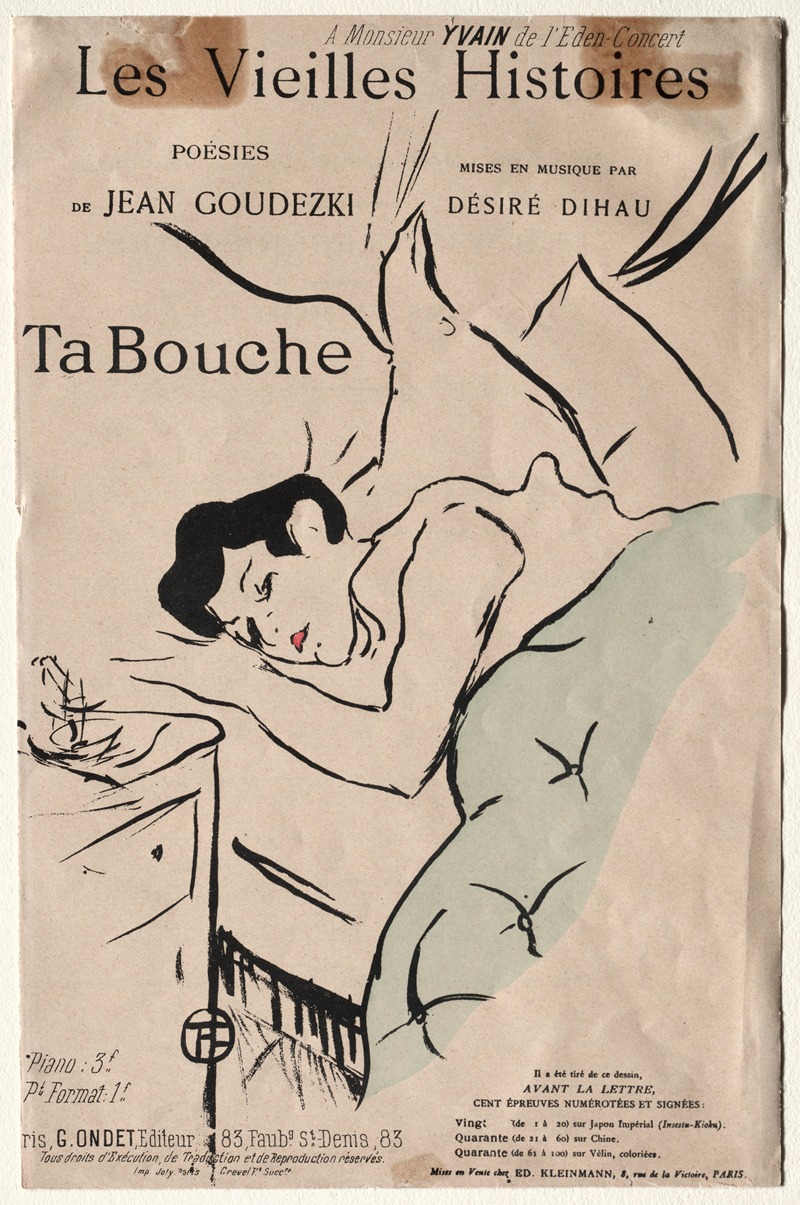
Les Vieilles Histoires, Ta Bouche
A hand-painted replica of Henri de Toulouse-Lautrec’s masterpiece Les Vieilles Histoires, Ta Bouche, meticulously crafted by professional artists to capture the true essence of the original. Each piece is created with museum-quality canvas and rare mineral pigments, carefully painted by experienced artists with delicate brushstrokes and rich, layered colors to perfectly recreate the texture of the original artwork. Unlike machine-printed reproductions, this hand-painted version brings the painting to life, infused with the artist’s emotions and skill in every stroke. Whether for personal collection or home decoration, it instantly elevates the artistic atmosphere of any space.
Henri de Toulouse-Lautrec, a prominent French painter, printmaker, draughtsman, and illustrator, created the artwork "Les Vieilles Histoires, Ta Bouche" in the late 19th century. Toulouse-Lautrec is renowned for his depictions of Parisian nightlife, particularly the bohemian lifestyle of Montmartre, where he spent much of his life. His works often capture the vibrant and sometimes seedy underbelly of Paris, featuring cabarets, theaters, and brothels.
"Les Vieilles Histoires, Ta Bouche" translates to "The Old Stories, Your Mouth" in English. This piece is a lithograph, a medium that Toulouse-Lautrec frequently employed to produce posters and prints. Lithography allowed for the mass production of images, which was ideal for the commercial art that Toulouse-Lautrec often created for advertising purposes.
The artwork features a scene typical of Toulouse-Lautrec's oeuvre, likely depicting figures from the Parisian entertainment world. His style is characterized by bold lines, dynamic compositions, and a keen observation of human behavior and expressions. Toulouse-Lautrec's work is often noted for its candid and sometimes unflattering portrayal of his subjects, which provides a raw and honest glimpse into the lives of the people he depicted.
Toulouse-Lautrec's background played a significant role in his artistic development. Born into an aristocratic family in 1864, he suffered from congenital health problems that stunted his growth and left him with a distinctive physical appearance. These challenges, however, did not hinder his artistic talent. He moved to Paris in his late teens to study art and quickly became immersed in the city's vibrant cultural scene.
Throughout his career, Toulouse-Lautrec was associated with the Post-Impressionist movement, which sought to build on the innovations of Impressionism while exploring new directions in color, form, and subject matter. His work also shows influences from Japanese woodblock prints, which were popular in Europe at the time and known for their flat areas of color and strong outlines.
"Les Vieilles Histoires, Ta Bouche" exemplifies Toulouse-Lautrec's ability to capture the essence of his subjects with minimalistic yet expressive lines. The lithograph likely served as a promotional piece, reflecting the artist's deep connection to the world of entertainment and his role in shaping the visual culture of his era.
Toulouse-Lautrec's contributions to art were significant, and his works remain highly regarded for their innovative approach and insightful social commentary. Despite his relatively short life—he died at the age of 36 in 1901—Toulouse-Lautrec left behind a substantial body of work that continues to be celebrated for its artistic merit and historical importance.





